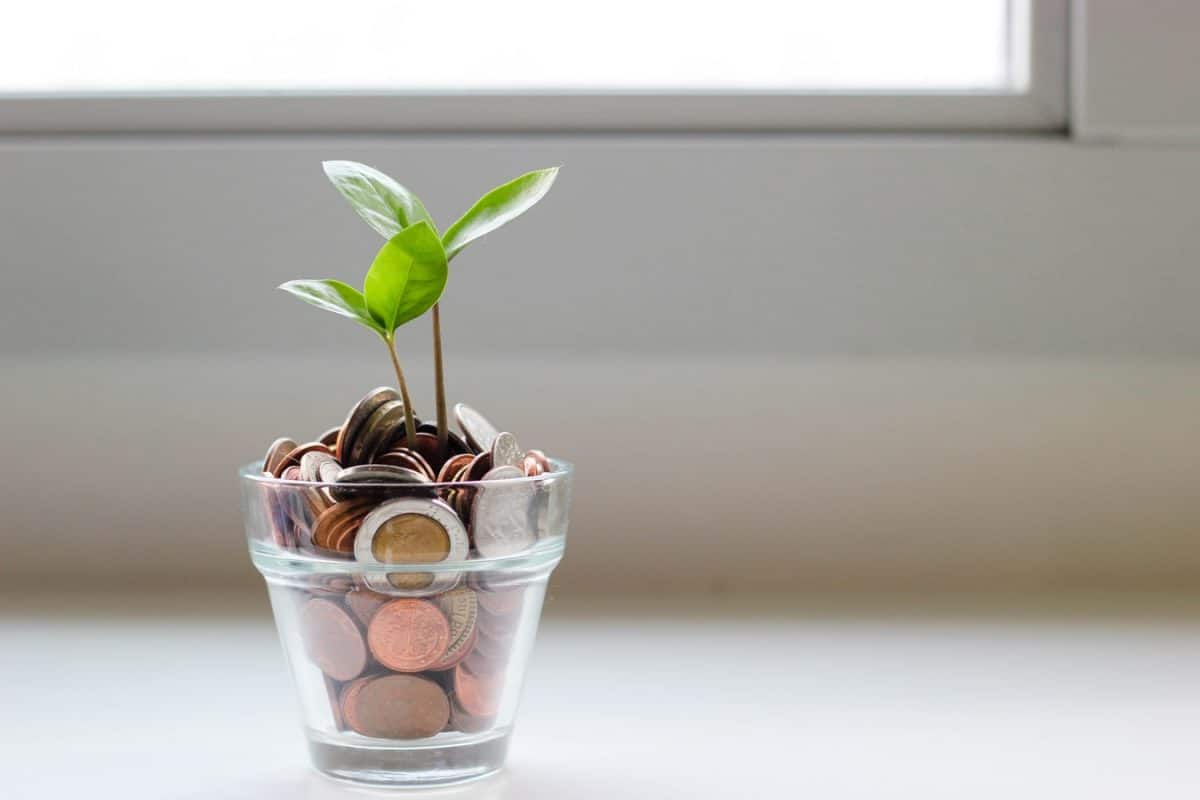Debt recycling is a strategy used by Australians to ‘recycle’ non-deductible personal debt (generally their family homes mortgage) into tax deductible investment debt. This strategy has been commonly used by those looking to pay down their home sooner, invest and build a more tax effective portfolio.
What are the benefits of using a debt recycling strategy?
Setting up and running a debt recycling strategy can allow you to reduce your non-tax effective home lending whilst increasing your tax effective investment debt, allowing you to simultaneously increase your investment portfolio, potential cash flow from investments and reducing down ‘bad’ personal debt. Tax deductions from your investment debt in turn help to reduce your total tax liability assisting in managing your cash flow position.
Why do people consider debt recycling as a strategy?
- Allows for the potential accelerated reduction in personal ‘bad’ debt on their home
- Replaces ‘bad’ debt with tax effective investment debt
- Can assist in growing your investment portfolio
What are the potential risks with Debt Recycling Strategies?
- It is considered a higher risk strategy as it involves gearing for the purchase of investment assets
- Your home is being used to secure debt which in worst case scenarios could put it at risk
- Outside of financial risks, your personal risk appetite would need to be able to feel comfortable being able to manage personal and investment debt which could provide strain on the borrower
How does Debt Recycling work – an example:
- The borrower uses equity in their family home as security for an investment loan
- The investment loan is used to invest in assets such as an investment property or shares (the asset being income producing is important)
- Using the investment income received and any tax effective benefits from borrowing to invest, the borrower pays off their non-deductible personal home loan component
- As the non-deductible personal home loan component reduces, the home can be re-leveraged up with new investment debt to invest in more income producing investment assets
- Over time the non-deductible personal home loan is completely paid down and replaced with fully deductible investment lending
For this strategy to be successful from a lending stand point, the borrower needs to be able to qualify for the initial finance of their home and investment lending, as well as any future lending. Some lending products through investment friendly lenders can utilise master limits which will enable you to easily amend loan accounts and recycle debt without continual applications, saving time, money and significant paperwork. With the increasing requirements from APRA and ASIC, these options are becoming more limited and potentially have higher ongoing costs, so speaking with a mortgage broker will help you understand your options available, how to balance cost, functionality and practicality over the life of your loan.
Get advice from the specialists
Debt recycling can be considered a more complex component in an investment strategy, so getting the right advice is important. It is always recommended that you speak with an appropriately qualified and licenced financial advisor and tax specialist who can assess your situation and provide the right advice for your needs.
If you need any assistance with understanding on the right loan setup for a debt recycling strategy, the team at Precision Funding are experts in complex loan scenarios. We’re able to work with your financial advisor and accountant to develop a lending structure which will meet your long term needs.





